Description
YOKOGAWA AAI141-H50 S2 – HART-enabled Analog Input Module for FIO-based CENTUM systems
The YOKOGAWA AAI141-H50 S2 is a high-density analog input module designed for Field I/O (FIO) nodes in CENTUM VP/CS 3000 architectures. From my experience, this model is typically chosen when plants want reliable 4–20 mA acquisition with HART pass-through for device diagnostics—without complicating cabinet layouts. It drops into the standard FIO base, draws power from the backplane, and gives you stable measurements with minimal fuss.
Company’s Order Placement Process and Guarantees
-
- – Warranty period: 365 days
-
- – Delivery time: typically 1 week if in stock; no more than one month at the latest
-
- – Payment terms: 50% advance payment; full payment before delivery
- – Express delivery: FedEx, UPS, DHL
Key Features
- HART pass-through on 4–20 mA channels – Enables device configuration and diagnostics via asset management tools, typically PRM, without extra multiplexers.
- High channel density – In many cases implemented as a single-slot, multi-channel AI module to keep cabinet footprint compact.
- Backplane-powered – No external power supply required for the module itself; it draws power from the FIO base unit.
- Stable acquisition for process signals – Designed for continuous 4–20 mA inputs commonly used on pressure, level, and flow transmitters.
- FIO ecosystem compatibility – Integrates with CENTUM VP/CS 3000 FIO nodes over the system backplane; no field-side configuration dongles needed.
- Plant maintainability – HART diagnostics shorten troubleshooting time; you might notice fewer unnecessary callouts once PRM is leveraged.
Technical Specifications
| Brand / Model | YOKOGAWA AAI141-H50 S2 |
| HS Code | 853890 (Parts suitable for use with industrial control apparatus) |
| Signal Input Type | Analog Input, 4–20 mA; HART pass-through (H50 option) |
| Typical Channel Density | High-density, single-slot (commonly used as multi-channel AI in FIO nodes) |
| Communication Interface | FIO backplane to CENTUM VP/CS 3000 node units |
| Power Requirements | Backplane-powered via FIO base; no external module power |
| Operating Temperature | Typically 0 to 55 °C (control cabinet environment) |
| Dimensions & Weight | Standard Yokogawa FIO single-slot form factor; approx. 0.2 kg |
| Installation Method | Mounts on FIO baseplate within a control cabinet; field wiring via terminal blocks |
Application Fields
This module is a good fit for continuous process industries where 4–20 mA with HART is the norm:
- Chemicals and petrochemicals — pressure, differential pressure, level, and temperature transmitters
- Oil & gas — wellhead flow and pipeline monitoring with HART diagnostics
- Power & utilities — boiler and BOP instrumentation with centralized PRM access
- Water & wastewater — plant-wide AI consolidation, typically reducing cabinet count
- Pharma & food — validated environments where device status visibility matters
A maintenance lead recently commented that enabling HART on their AAI141-H50 channels cut device check time by half—seems to be the biggest win when you’re managing dozens of smart transmitters across multiple skids.
Advantages & Value
- Lifecycle reliability – Proven in long-running CENTUM VP installations; fewer nuisance trips in most cases.
- Compatibility – Works within the Yokogawa FIO ecosystem; easy to mix with other I/O types in the same node.
- Cost savings – High channel density and HART pass-through often eliminate the need for separate HART mux hardware.
- Technical support – Documentation and engineering tools are mature; commissioning typically straightforward.
Installation & Maintenance
- Cabinet & mounting – Install on the appropriate Yokogawa FIO baseplate inside a ventilated control cabinet. Keep ambient within spec and allow airflow around modules.
- Wiring – Use shielded twisted-pair for 4–20 mA loops; ground shields at one end. For HART, keep loop impedance within the required range and avoid excessive filtering.
- Safety – De-energize loops before moving terminals. Verify the module type and slot assignment in the engineering tool before download.
- Routine maintenance – Periodically check terminal torque, clean dust with dry air, and review HART diagnostics via PRM. Firmware updates should follow plant MOC and vendor guidance.
- Spare strategy – Keeping one spare per cabinet row is common; hot-swap behavior depends on system configuration, so plan a short maintenance window.
Quality & Certifications
- Typically CE-marked and RoHS compliant; many installations also reference UL/cUL. Manufacturing is generally aligned with ISO 9001 processes.
- Manufacturer’s warranty practices vary by region; for supplied units, warranty is 365 days as stated above.

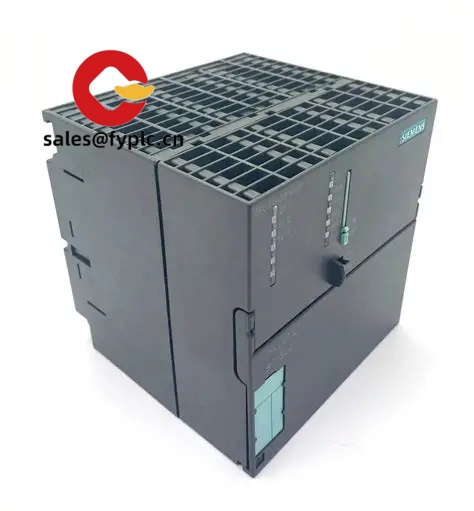
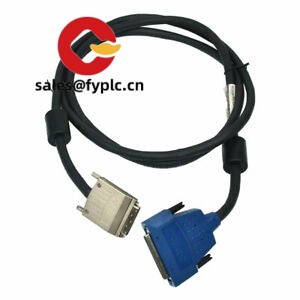
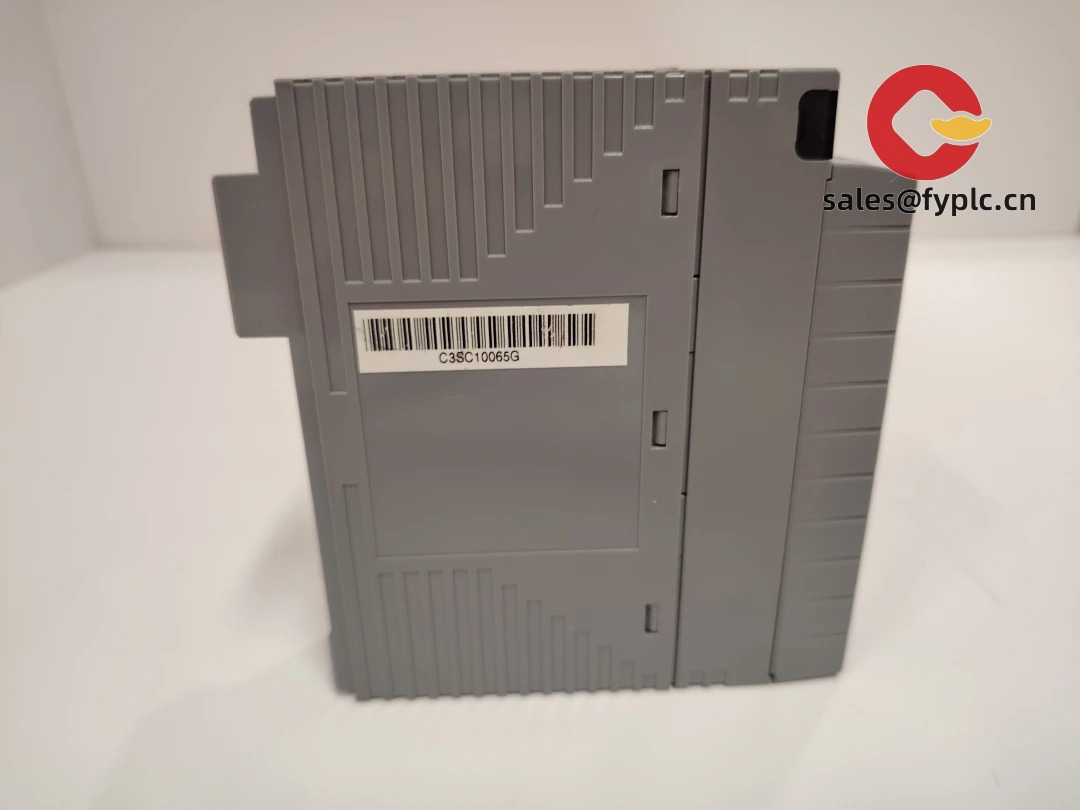



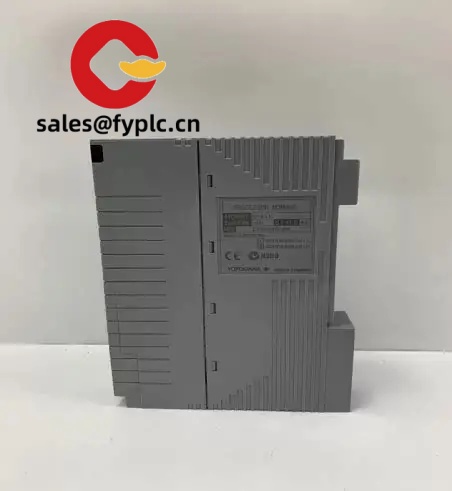
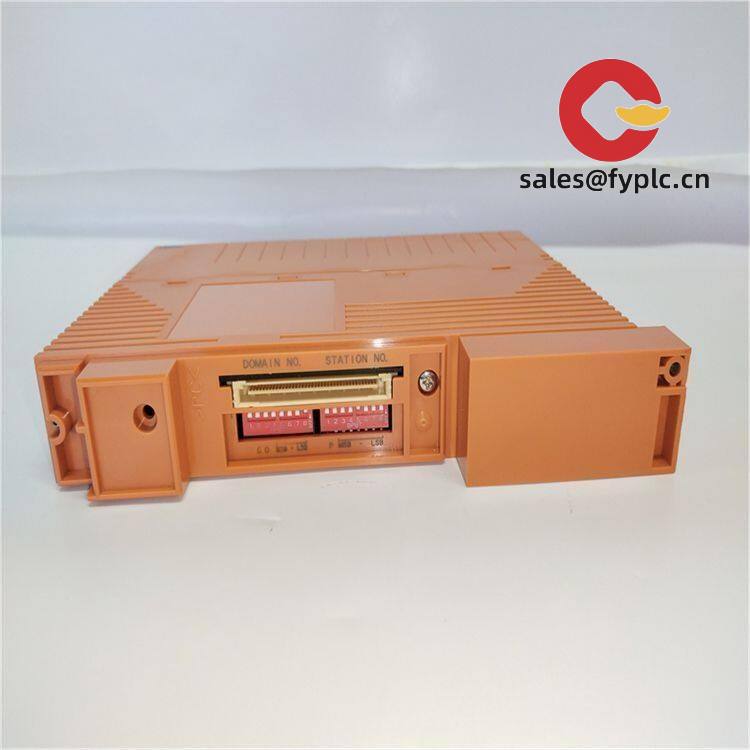
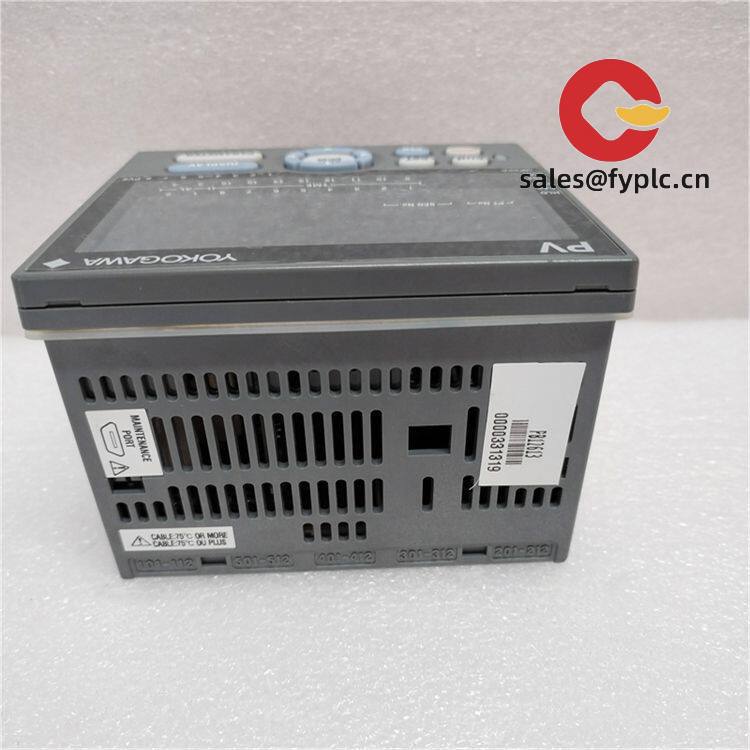
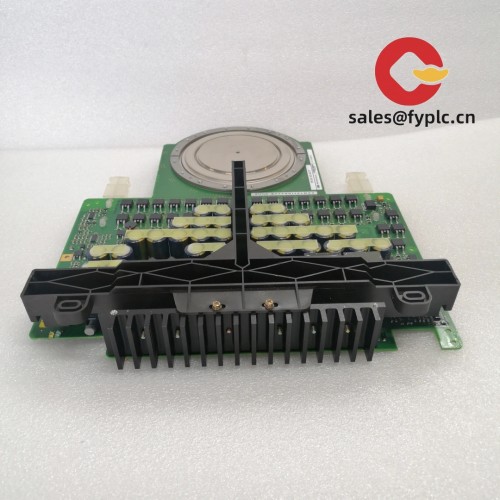





Reviews
There are no reviews yet.